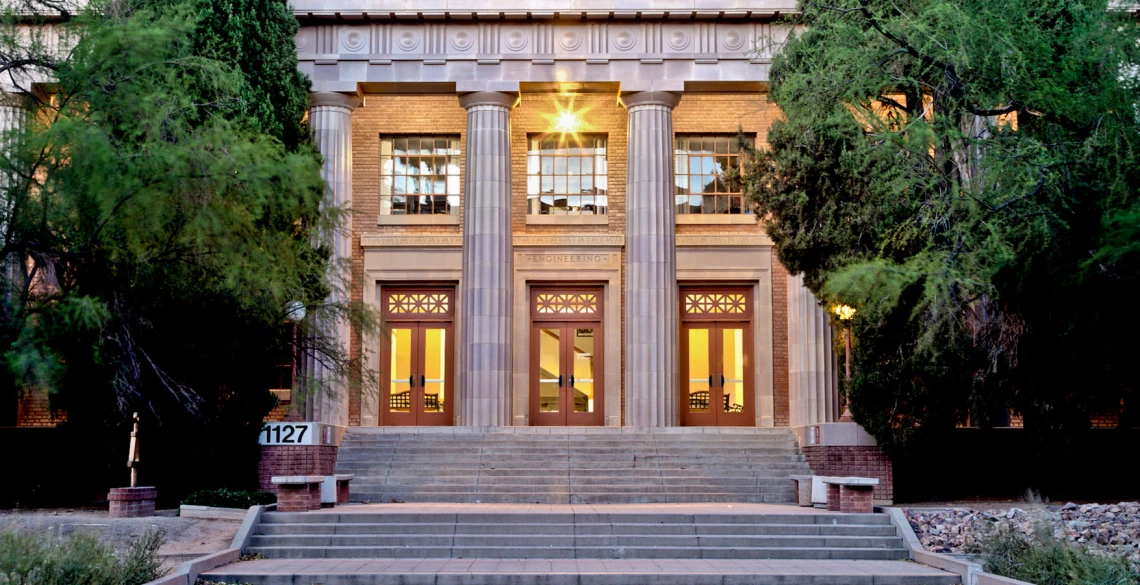UA Systems Engineering Students Win Best Research Paper at Transportation Technology Meet
Two UA Engineering students win award for best research paper after presenting their ideas at a meeting of transportation professionals.

No description provided
Measurement of Travel Times Utilizing Bluetooth Detection, by UA systems engineering students Chris Utter and Paul Hoffer, was awarded the top honor by officials from ITS Arizona, the state chapter of the national Intelligent Transportation Society of America. ITS Arizona is a nonprofit organization consisting of transportation professionals dedicated to improving transportation efficiency and safety using advanced technologies.
"Getting to present our work was a great experience for both of us,” said co-author Utter. “To see that what we have done is valued in the real world -- and draws the interest of professionals in this field -- is very rewarding."
ITS Arizona's 18th Annual Conference Program, dubbed Streamlining ITS -- How to Make the Most Use of What We Have, featured noteworthy speakers such as James Pol of the U.S. Department of Transportation's Research & Innovative Technology Administration, and UA's Larry Head, who is head of the systems and industrial engineering department. This year's meeting was held in Mesa, Ariz.
Utter attributes some of the paper’s success to assistance from project advisors Head and Mark Hickman, director of the UA's Advanced Traffic and Logistics Algorithms and Systems research center, known as ATLAS. "Paul and I are both continuing work on this project and are very excited to see what it can become," Utter said.
Utter and Hoffer's project explores methods of measuring travel times of vehicles on major arterial roadways using a Bluetooth-based detection system. While statistics on travel times, delays, stops and other measurements are sometimes used by transportation engineers as part of signal-retiming projects, or in timing and simulation studies, travel time is not continuously measured or used to evaluate traffic system performance.
The UA project has developed an application that can collect, sort and present Bluetooth travel-time data to professionals and the general public.

